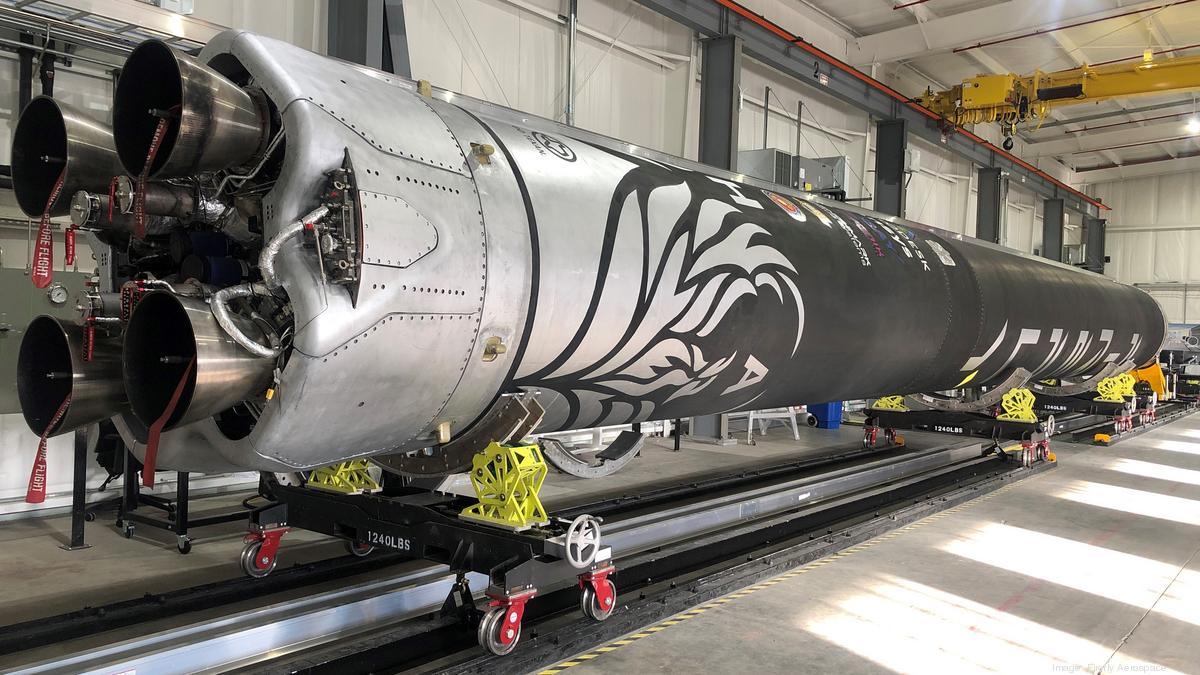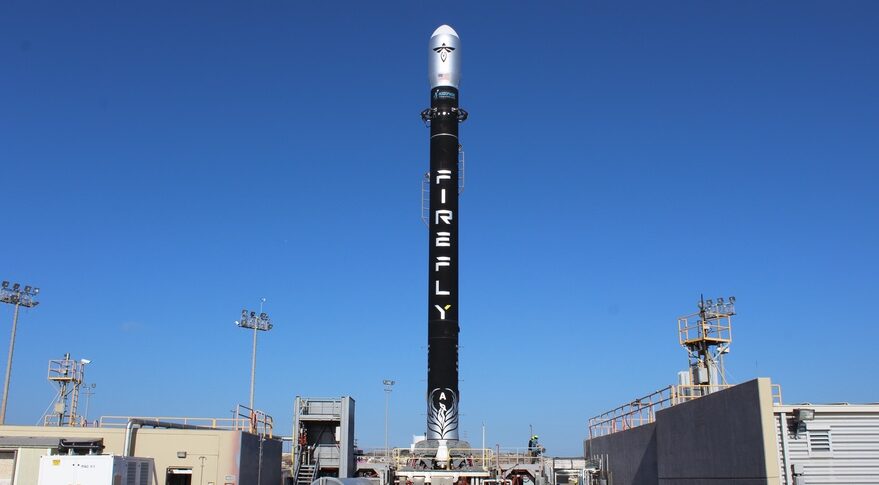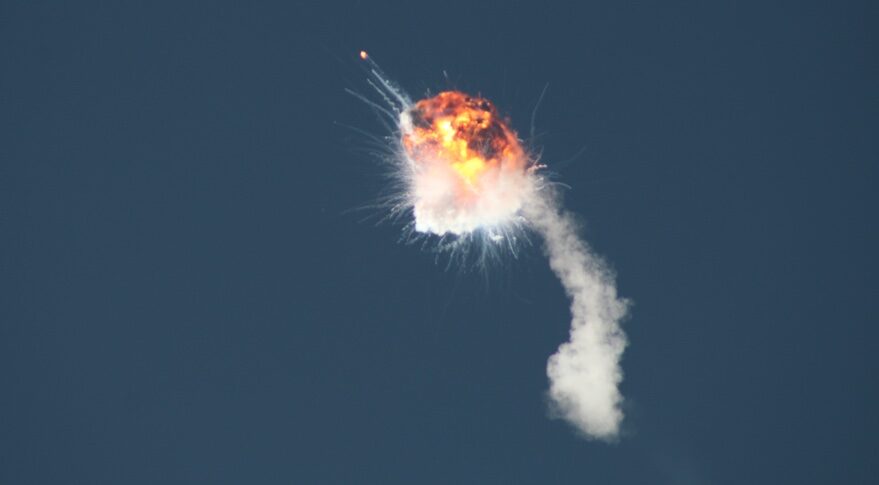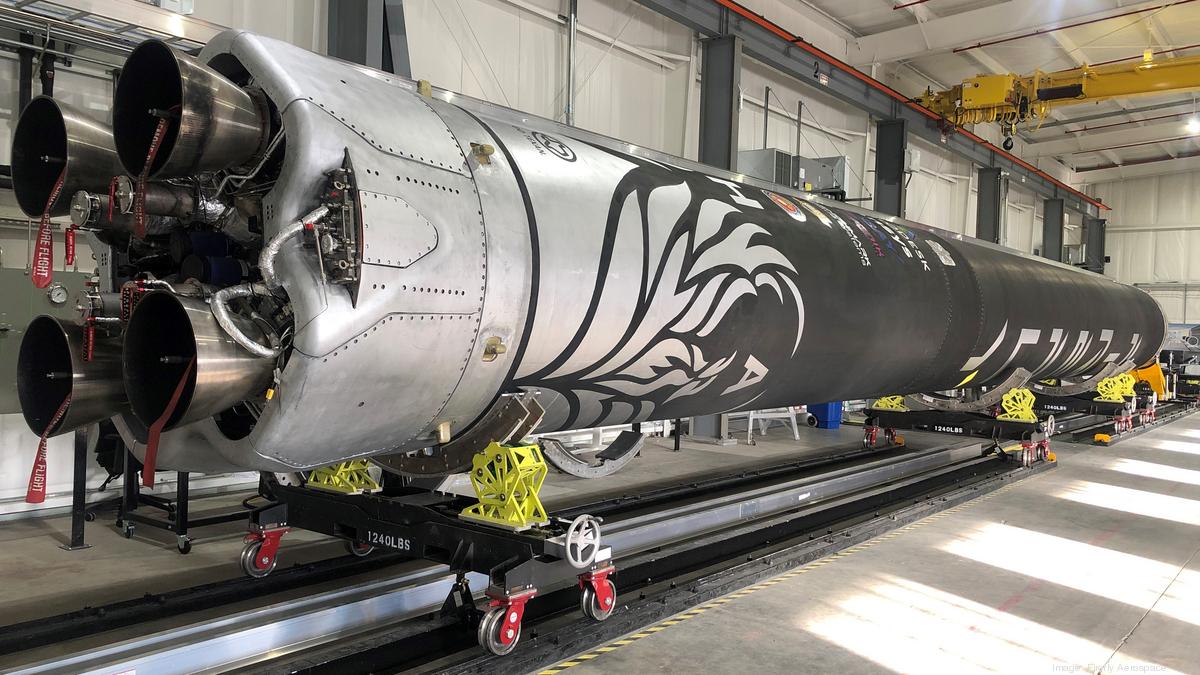
Firefly Aerospace Will Soon Attempt To Reach Orbit Again
Firefly Aerospace has been quietly continuing to make progress as they work toward the company’s second test flight. Around 6 months ago in September of 2021, the company attempted its first-ever Alpha test flight. While not entirely successful, it provided Firefly Aerospace with a lot of valuable experience and information. Now, months later, they are making good progress on a second attempt.
Very recently, Firefly Aerospace announced some important news regarding their upcoming second test flight. After thorough testing, Firefly Aerospace’s Alpha launch vehicle has two stages ready for flight. These stages went through multiple hot fires among other tests to prepare them for a future launch attempt. While very early in development, Firefly along with its Alpha launch vehicle is making impressive strides towards success.
Alpha is a small-lift launch vehicle made up of two stages. The first launch saw the rocket lift off and gain altitude for around two minutes, prior to it exploding in the air. Reaching orbit is an extremely difficult task that very few companies and even agencies successfully reach. Firefly however is very confident in their company, launch vehicle, and employees working to reach orbit for the first time on the next Alpha launch.
Most Recent Update

Based on recent news from Firefly Aerospace regarding the Alpha launch vehicle, we can expect a second orbital test flight soon. Earlier this month Firefly announced the successful hot fires of both stages of the Alpha rocket. Specifically, on Twitter Firefly said, “The Firefly team is laser-focused on reaching orbit this year. With the successful stage 2 hotfire today, both stages of our flight 2 Alpha vehicle have now completed acceptance testing and are ready for flight. See you on the pad.” This tweet was on February 17th, which suggests the company has made quite a lot of progress and is getting close to a second test flight. In addition to the tweet, Firefly released a video highlighting the tests of both rocket stages. Here you could see both stages set up on test stands where they lit their engines for around 50 seconds before shutting off. Not only did this update include the hot fire footage but also a small update from CEO Tom Markusic. At the start, he mentioned that while Firefly had been quiet over the last few months, they were working hard to fix and prepare new launch vehicles for a second upcoming orbital test flight.
He then highlighted the progress in determining the error of the first test flight. He mentioned, “We worked through the flight anomaly investigation, trying to understand what went wrong with the first flight. We understand it and it’s a pretty simple fix that we put in the next flight vehicles. And now we are really working to get back to Vandenberg and fly again.” Based on what Tom Markusic said, it seems likely Firefly Aerospace will have more success on the upcoming launch. Specifically, he pointed out that the flight anomaly and error during the first test was a pretty simple fix. Now applied to future launch vehicles, Firefly will soon try again to reach orbit with Alpha. Since the first launch not long ago, they have been working hard on more than just one Alpha rocket. Tom Markusic went on to showcase the first and second stages of the Alpha rocket that had just completed testing. This launch vehicle is the one expected to reach orbit on the next test. He went on to talk about additional launch vehicles Firefly has been working on. He said, “We have been working on two more flight vehicles in this building that will be flying later in the year.” Its clear Firefly has been making a lot of progress towards the ambitious goal of reaching orbit. Looking at most companies it usually takes a decent amount of failed launches before the first successful one. Firefly is looking to change that on their upcoming second orbital test flight.
Alpha Launch Vehicle

As I mentioned prior, the most recent tests earlier this month were of both the stages of an Alpha launch vehicle. At the bottom of the second stage is a single lightning engine. The propellant of this engine is LOX and RP-1. It produces 70 kN of thrust with an isp of 322 seconds. Above the second stage engine is the helium tank. It has an aluminum Liner and a maximum expected operating pressure of 5500 psi. Next is the second stage fuel tank. This tank features all-composite construction and a maximum expected operating pressure of 80 psi. You then have all the second stage avionics above. This features a long list of crucial components including the flight computer, multi-band path array antennae, GPS/IMU navigation, power conditioning and distribution unit, solenoid drive, and more. Finally at the top, right before the fairings is the stage 2 LOX tank. Just like the fuel tank, it features an all-composite structure and a maximum expected operating pressure of 80 psi. Now that I have highlighted the second stage of the Alpha launch vehicle, we can look at the first. While both stages are very similar in certain aspects, they also have some important differences.
The bottom of the first stage hosts 4 Reaver engines. These also use LOX and RP-1 as propellants to produce 736 kN of thrust with an isp of 295.6 seconds. Above is the stage 1 fuel tank which is much larger than the second as it holds more propellant. While it’s bigger it still uses the same composite construction and features a maximum expected operating pressure of 80 psi. Above are the helium tanks next to the first stage avionics. Lastly, you have the first stage LOX tank positioned at the top of the first stage. Both of these stages were just tested successfully by Firefly. They will soon be assembled and sent to the launch pad for a second orbital test flight. Together they form a rocket that is just under 30 meters tall at 29.75 meters or 98 feet. The first stage features a dry mass of 2,895 kilograms while the second stage weighs 909 kilograms. This size along with the propellant allows the small-lift launch vehicle to carry 1000 kilograms to low Earth orbit and 630 to SSO. Thanks to the video provided by Firefly, we can see both of these stages in the process of firing their engines. The tests were successful and Firefly is now moving closer and closer to the second orbital test flight.
Conclusion
Over the last few years, Firefly Aerospace has been working towards the ambitious goal of reaching orbit. Not long ago the company had its first test flight which was not entirely successful. Now months later, they announced the successful hot fire of both the first and second stage of their Alpha launch vehicle. Firefly also mentioned that while they had not been very public about their progress recently, they were working hard and fast to attempt a second test flight. They learned what went wrong on the initial launch and are confident the error has been solved. We will have to wait and see how Firefly progresses prior to its second launch attempt and the impact it has on the space industry.
